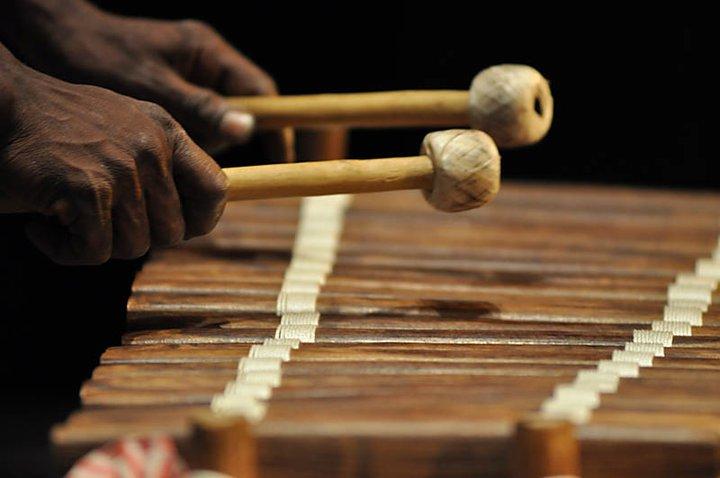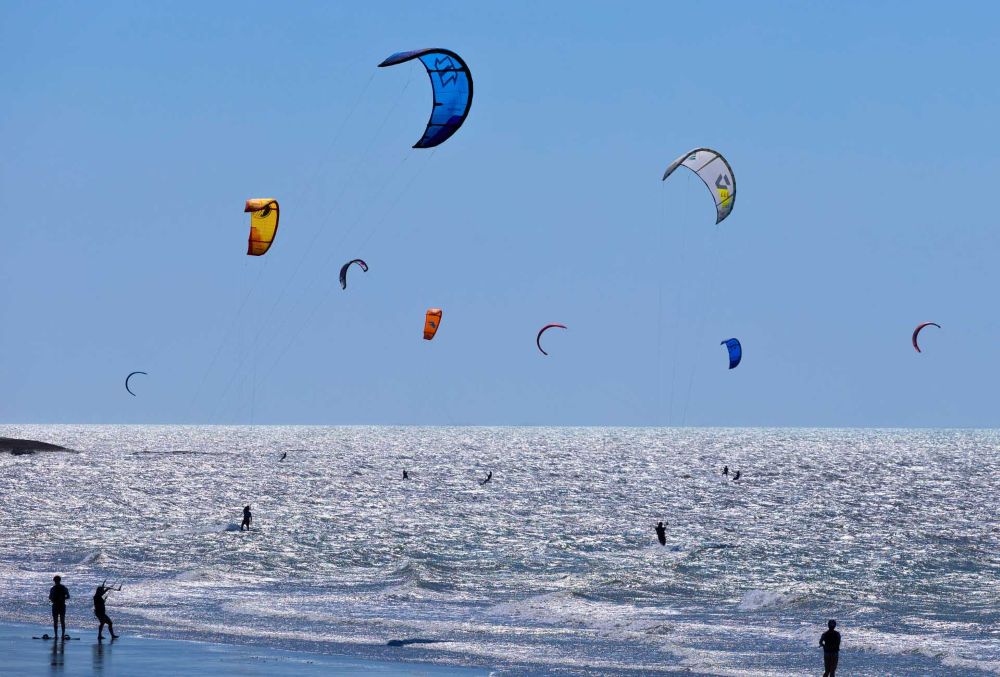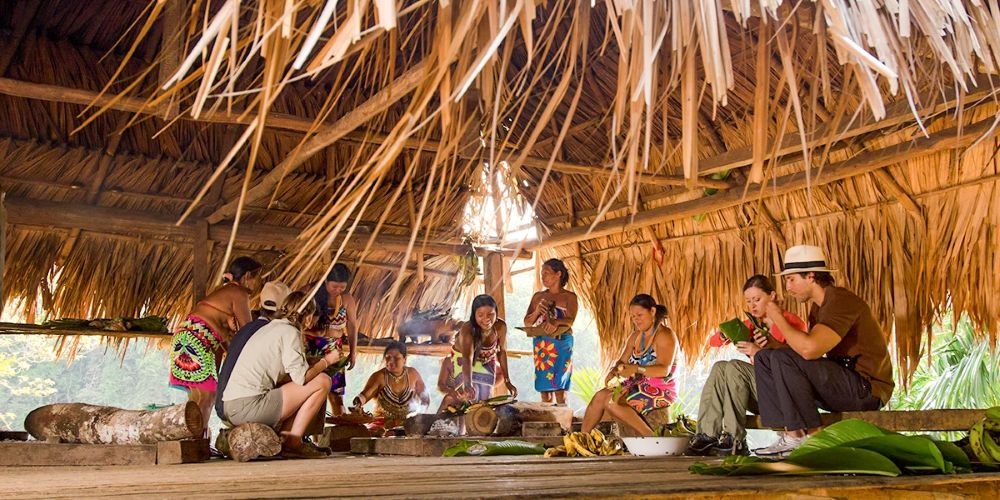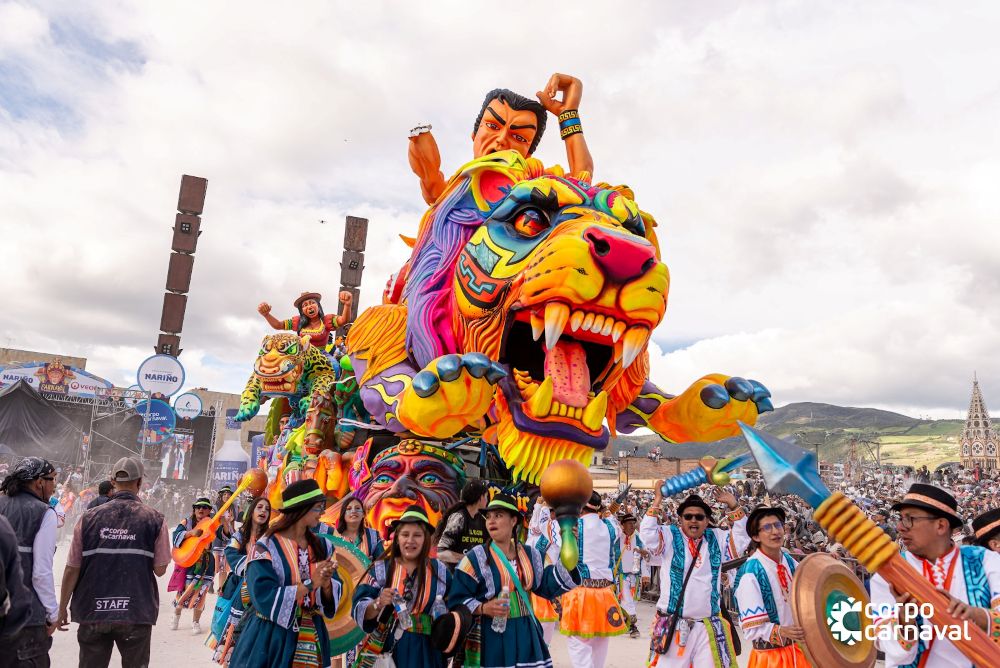Just strike the first note on a chonta wood key and a whole legacy comes to life. On the Pacific coast of Colombia and Ecuador, the marimba is much more than an instrument: it has been a collective voice, a cultural institution, and a tool for community resistance.
Roots Resonating in Wood and Cane
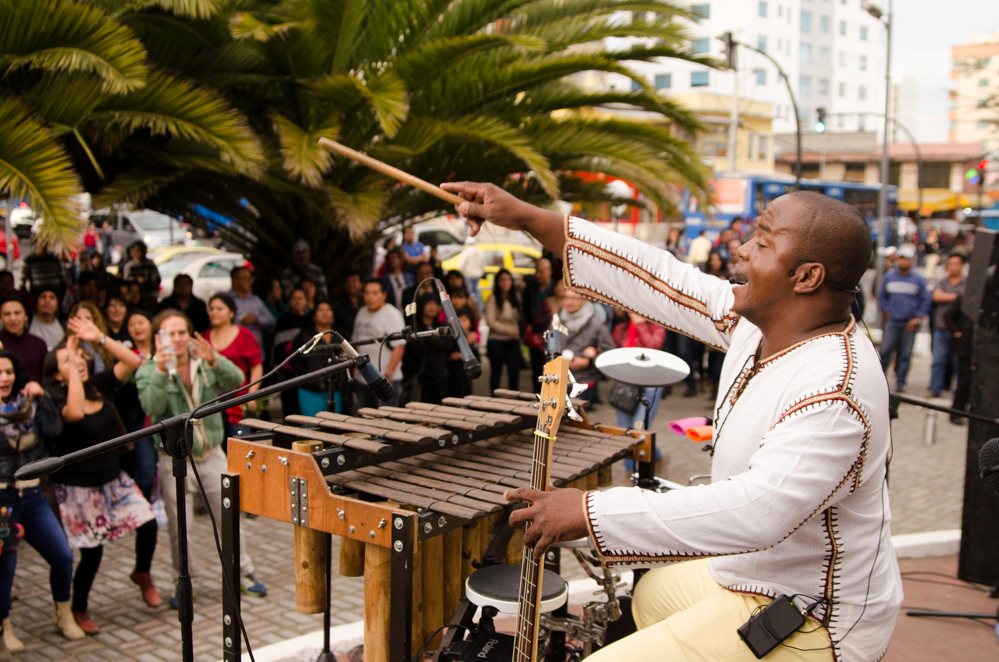
Roots Resonating in Wood and Cane The marimba traces its roots to West, Central, and East Africa, where Bantu and Mandinka peoples built xylophones from gourds and wood to accompany rituals and celebrations.
Adding to this tangible origin is a legend: the tale of Queen Marimba, a mythical figure from East Africa credited with inventing the marimba, kalimba, and other sacred percussion instruments.
TThrough the Atlantic slave trade, this musical knowledge journeyed across the ocean. Along the southern Pacific coast of Colombia and in Ecuador’s Esmeraldas province, Afro-descendant communities recreated these instruments using local materials like chonta palm wood and guadua cane.
This heritage continues to link the two nations. On December 2, 2015, UNESCO inscribed “marimba music, traditional chants and dances of the southern Pacific region of Colombia and Esmeraldas, Ecuador” on the Representative List of the Intangible Cultural Heritage of Humanity. A recognition that affirms this tradition as a living memory, a form of resistance, and a shared Afro-descendant identity that transcends its sonic beauty.
Community sounds: instruments and rituals
To speak of the marimba in the Pacific is to evoke not just a xylophone, but a soundscape shaped by generations of hands, knowledge, and rhythm. Always accompanied by drums like the cununo and bombo, and the guasá—a cane shaker filled with seeds—the marimba creates a rich acoustic environment that supports songs, dances, and rituals.
These rhythms mark both everyday moments and important events in community life. The songs of boga, for example, are linked to river labor, reflect the rhythm of paddling and a deep spiritual connection with water.
Arrullo is used to honor saints or ask for protection, meanwhile currulao invites dancing and courtship at parties that can last all night and is the flagship dance of the southern Pacific. Le chigualo est entendu lors des veillées funèbres d’enfants, mêlant deuil, chant et espoir, tandis que l’alabao offre un dernier adieu aux défunts adultes à travers des prières chantées.
From shores to stages: beyond ritual
This music continues to be the soundtrack of iconic festivals:
- Petronio Álvarez Festival (Cali, Colombia): Held each August, this celebration is a vital gathering for showcasing the richness of Afro-Colombian culture. Traditional music, ancestral cuisine, crafts, and heritage knowledge are celebrated with pride. Named after Petronio Álvarez,“the king of currulao”,the festival honors a composer and singer whose work embodies the musical soul of the Pacific.
Our article: Cali: A Dance with Colombian History and Culture
- Marimba Festival (Quinindé, Ecuador): This festival is one of the most iconic cultural events in Esmeraldas. Since its inception in 1997, it has brought together local and national groups in a festive and welcoming atmosphere. Music, traditional dances, competitions and artistic performances fill the streets as part of a community celebration that proudly affirms and passes on its Afro-descendant heritage, one voice and one hand at a time.
The rich history of the marimba is at the heart of the documentary El viaje de la marimba: Destino, identidad y libertad (The Journey of the Marimba: Destiny, Identity and Freedom), which weaves a sensitive tapestry between Africa, America… and the world. Through the eyes of artists from diverse backgrounds, the film traces the cultural journey of this instrument, which has become a symbol of resistance and identity. Testimonials, archives and soundscapes combine to create a powerful narrative that pays tribute to the deep roots of the marimba.
New fusions
Far from being frozen in time, the marimba continues to evolve. Contemporary artists are reimagining it by blending it with genres like jazz, reggae, or electronic music. Projects like Rio Mira—a collaboration between musicians from Esmeraldas and Tumaco—combine traditional marimba with modern sounds, opening new pathways for this heritage and introducing it to new audiences.
From ritual river chants to electronic remixes, from funerary laments to festival stages, the marimba has never stood still. Its voice—shaped by migrations, memory, and invention—continues to speak not only of where a people comes from, but of where they are going. In the hands of new generations, this wooden-key legacy is not simply preserved: it is reimagined, contested, and carried forward. Just one note still has the power to summon a community’s soul.
Photos: Knight Foundation | Ministerio Cultura y Patrimonio Ecuador

